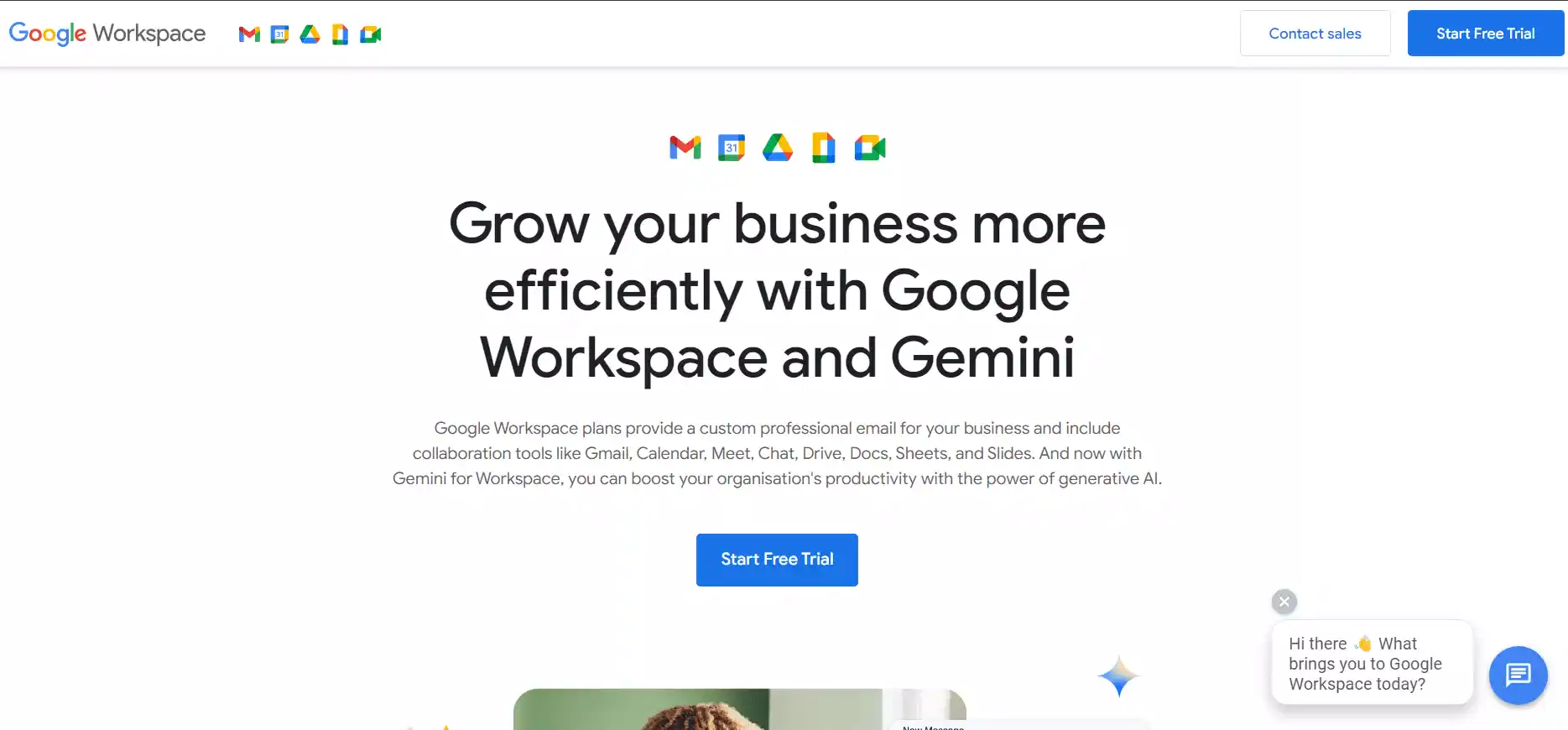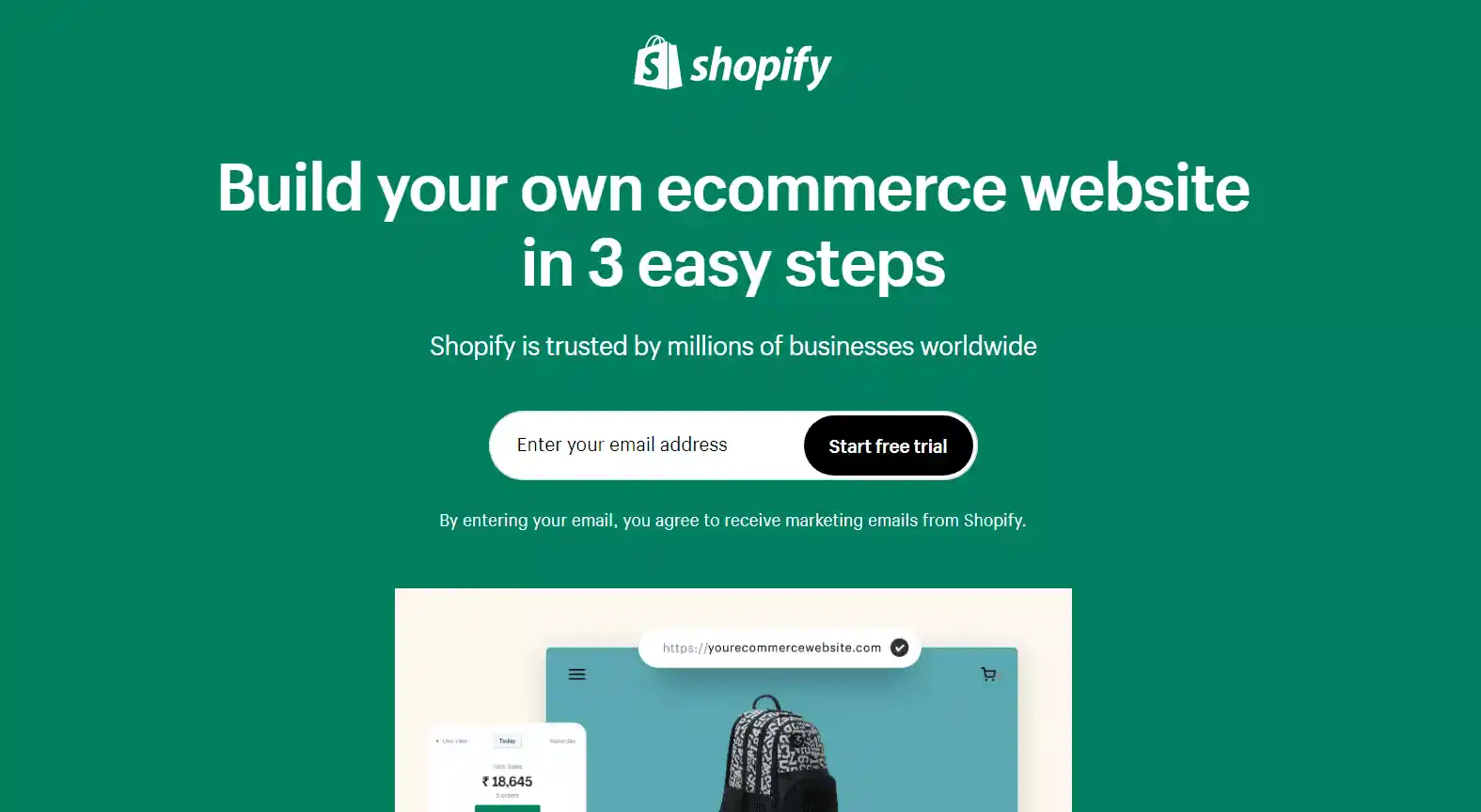Table of Contents
What is B2B SaaS?
B2B SaaS, or Business-to-Business Software-as-a-Service, is a model where a vendor provides software products to businesses for cloud-based use. The vendor handles all deployment and maintenance tasks in this setup, including hosting, virtualization, and application management. Users access the software via a browser or mobile app, often on a subscription basis with recurring payments. SaaS offers comprehensive client services with less customization flexibility than other cloud-hosting models like PaaS (Platform-as-a-Service) and IaaS (Infrastructure-as-a-Service).
PaaS provides IT hardware with preinstalled operating systems for application development and testing. At the same time, IaaS offers basic infrastructure components like servers and storage, leaving software installation and updates to the client. B2B SaaS streamlines business operations by providing accessible and scalable software solutions tailored to specific organizational needs.
Differences between B2B SaaS and B2C SaaS
- Similar Software Architecture: Both B2B SaaS and B2C SaaS operate on subscription-based models and offer similar feature sets.
- Usage Context: The primary difference lies in how companies utilize the software to serve their respective customer bases.
- Market Dynamics: B2B and B2C markets differ significantly in terms of customer demographics, budgets, sales and marketing cycles, payment structures, delivery methods, and support options.
- Clientele: B2B SaaS caters to businesses and enterprises, while B2C SaaS serves individual consumers.
- Functionality: While some features may overlap, B2B SaaS often includes more robust functionality tailored to business needs, such as team collaboration tools and corporate domain email services.
- IT Infrastructure: The underlying IT infrastructure where the software is deployed remains consistent across both B2B and B2C SaaS offerings.
Optimizing Growth Strategies in B2B SaaS Business Model
Navigating the B2B SaaS business model requires a structured approach that encompasses ideation, setup, growth, and stabilization phases.
In the initial stages, the focus lies on refining the product concept, assembling the right team, and securing funding. This involves thorough market assessment, drafting a comprehensive business plan, and attracting potential investors to support the venture.
During setup, meticulous attention is given to establishing efficient sales and support processes. Effective customer support is particularly crucial as it directly impacts brand reputation and customer satisfaction.
As the business progresses into the growth phase, scalability becomes paramount. Scaling up operations, product releases, and team size to meet increasing demand is the primary objective. However, managing rapid expansion requires robust leadership and organizational capabilities.
Unlike B2C models, the growth trajectory of B2B SaaS products tends to be more prolonged, with sustained customer acquisition and retention efforts over an extended period.
In the stabilization phase, the focus shifts towards enhancing the product and developing complementary applications. Identifying key areas for improvement and implementing innovative features to stay ahead of competitors are key priorities. This stage also involves efforts to prevent customer churn by addressing pain points and enhancing the overall user experience.
Throughout each phase, adaptability, agility, and a customer-centric approach are essential for success in the dynamic landscape of the B2B SaaS business. By carefully navigating through these stages and continuously innovating, companies can position themselves for long-term growth and success in the competitive market.
Top 9 B2B SaaS Companies in the World
After exploring the essence of the B2B SaaS business, its advantages, disadvantages, and operational stages, let’s now take a closer look at some of the largest and most renowned companies operating within this model.
1. Google Workspace
Formerly known as G-Suite, Google Workspace commands a staggering market share, particularly in the United States, where it holds 56.97 percent. Globally, it maintains dominance with around 55.2 percent, offering a comprehensive suite of office applications tailored for organizational use.

2. Microsoft Office 365
Long a stalwart in desktop office applications, Microsoft’s transition to Office 365 solidified its presence in the B2B SaaS sphere. Despite formidable competition, it captures a significant share, approximately 38 percent, of the global market.

3. Adobe
Renowned for its flagship software, Adobe Creative Cloud, Adobe remains a powerhouse in the B2B SaaS arena. Adobe’s suite of graphics packages, including Photoshop, sets the standard for digital design and creativity.

4. Slack
As a leading messaging application for workgroups, Slack streamlines internal communications, fostering collaboration and efficiency within organizations. Its user-friendly design and smooth integrations make it essential for today’s teams.

5. Shopify
Catering to small and medium businesses, Shopify offers a cloud-based omnichannel commerce platform. With robust features for designing and managing online stores, Shopify empowers businesses to thrive in the digital marketplace.

6. Salesforce B2C Commerce
Positioned as a unified digital commerce platform, Salesforce B2C Commerce delivers intelligent solutions for businesses seeking to enhance their customer journey. Integrated with Salesforce’s Customer 360 platform, it offers comprehensive support across various functions.

7. Ecwid
Trusted by merchants worldwide, Ecwid is a versatile B2C e-commerce platform facilitating seamless integration with multiple sales channels. From websites to social media platforms, Ecwid empowers businesses to reach customers wherever they are.

8. Mailchimp
A stalwart in email marketing, Mailchimp enables marketers to manage customers and leads effectively. With advanced analytics and automation features, it facilitates the creation of targeted sales funnels, enhancing engagement and conversions.

9. GetResponse
Positioning itself as a cost-effective alternative to Mailchimp, GetResponse offers comprehensive email marketing and automation tools. Packed with useful features, it empowers businesses to optimize their marketing efforts and drive results.

Related Post:
Introducing Adobe GenStudio and Partnering with Microsoft
Conclusion
B2B SaaS has revolutionized the way businesses operate, offering scalable and accessible software solutions tailored to organizational needs. Through cloud-based technologies and subscription-based models, companies can streamline processes, enhance collaboration, and drive growth.
As illustrated by industry giants like Google Workspace, Microsoft Office 365, and Adobe, the B2B SaaS landscape is rich with innovation and opportunities for businesses to thrive. From messaging platforms like Slack to e-commerce solutions like Shopify and Salesforce B2C Commerce, the market is brimming with diverse offerings catering to various business needs.
As companies navigate through the stages of ideation, setup, growth, and stabilization, adaptability, agility, and a customer-centric approach remain paramount for long-term success. By embracing innovation, fostering collaboration, and continuously evolving, B2B SaaS companies can position themselves at the forefront of the digital revolution, driving value and innovation for businesses worldwide.





